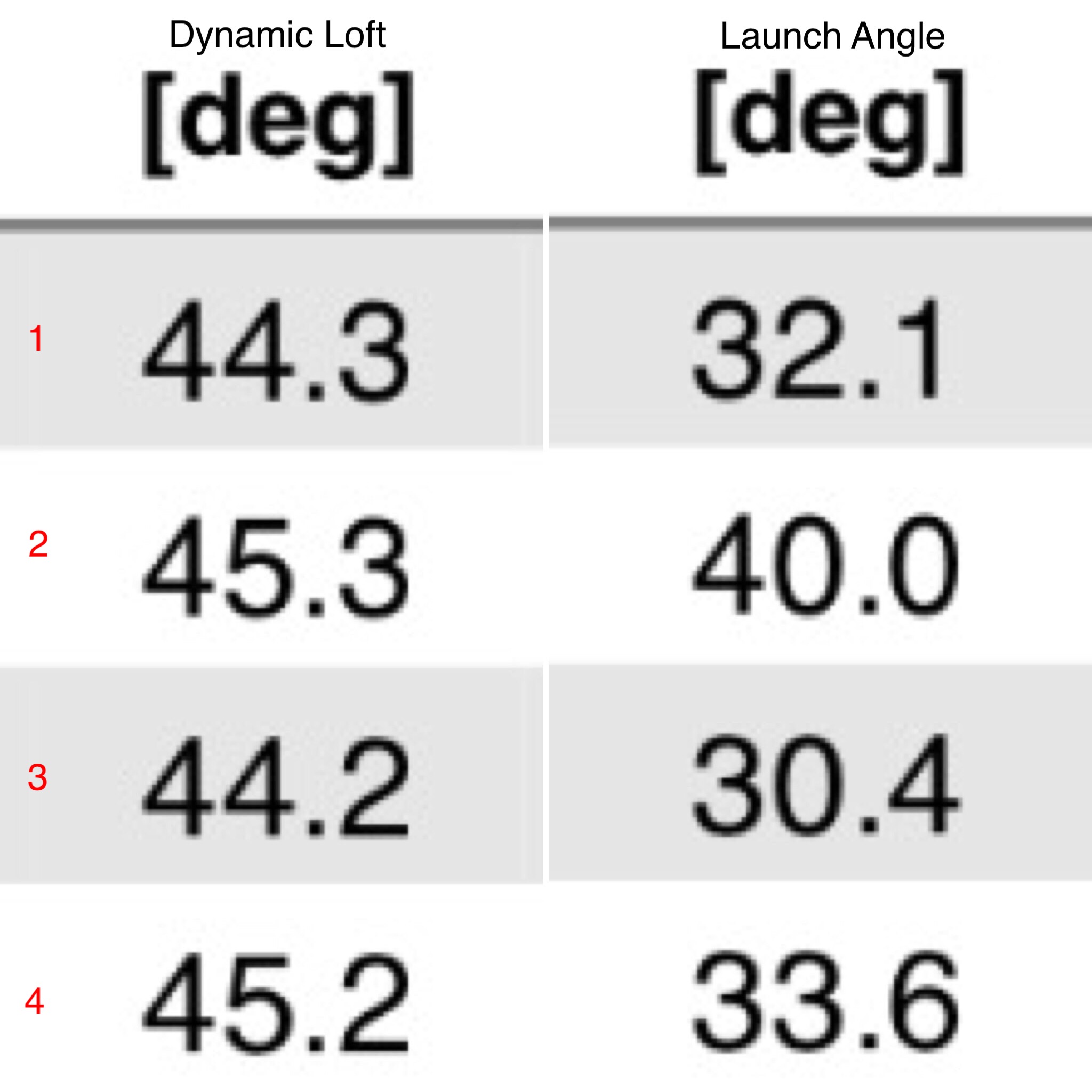Everything You Need for Better Chipping
/Yes, I know I’ve posted many chipping videos over the last decade stating that this is exactly what you need for better results. I do, however, like to think that as an engaged and caring coach my information is evolving and improving as time passes. These three keys are CURRENTLY the best information I have ever been able to share with you. Please take a look…
The three important areas are as follows:
The Set Up
Make sure that you are set up close to the golf ball at address with your toes in the vicinity of one foot from the ball. Feel the handle high and forward along with the thumbs being down and away from you. This should position the the heel of the club slightly off the ground at address.
The Backswing
Keep the clubhead over the target line as best you can throughout the back and forward swing. Try to avoid allowing the clubhead to get too far inside on either side of the ball. The more inside the clubhead gets in the backswing, the lower it stays and the lower the clubhead in the backswing, the more challenging a downward strike becomes.
The Body Motion
Feel like the upper body rocks/tilts towards the target in the backswing. This creates an environment whereby the body is ahead of the ball as the club starts down the strike is now more likely to be ball first and ground second.
Please, please go out and give this a try. Trust me - you will not regret it.
Thanks for reading!
Set Up and Backswing

























